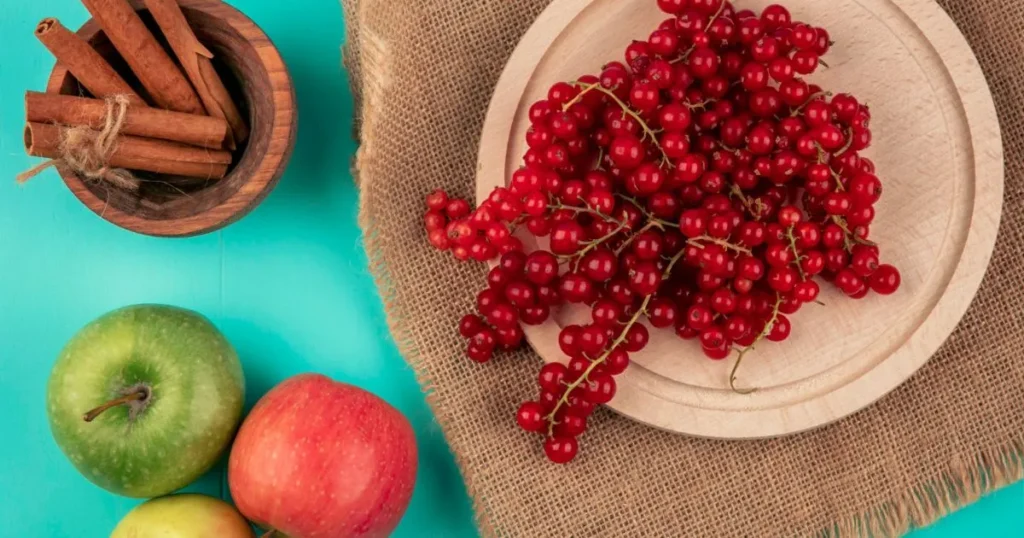Step-by-Step Hawthorn Tincture Recipe for Heart Health — A Natural Way to Support Your Cardiovascular Wellness
Rediscovering the Power of Nature for a Stronger Heart
If you’ve ever looked for a natural way to support your heart, you’re not alone. Many people want something gentle yet effective — a solution rooted in nature but validated by science. That’s where hawthorn tincture comes in. This small berry has been used for generations to strengthen the heart, balance blood pressure, and improve overall circulation.
Table of Contents
You might already be working on maintaining healthy cholesterol or managing blood pressure. Maybe you’ve read about how dehydration can affect your heart rate or how high cholesterol can cause dizziness. These are all part of a bigger picture — understanding how your heart functions and how nature can lend a helping hand.
In this guide, you’ll discover how to make your own hawthorn tincture recipe, step by step, to help support your heart naturally. You’ll also learn why this traditional remedy has stood the test of time and what modern science says about its benefits.
What Is Hawthorn and Why It’s Known as the “Heart Herb”
The Ancient Use of Hawthorn in Heart Health
Hawthorn (Crataegus monogyna) has a long history in herbal medicine, particularly for supporting cardiovascular health. For centuries, it has been used in Europe and Asia to maintain strong circulation, relieve chest tightness, and improve endurance. Ancient healers referred to it as the “protector of the heart” — and not without reason.
According to the National Center for Complementary and Integrative Health (NCCIH), hawthorn has mild vasodilating properties, meaning it can gently widen blood vessels, allowing blood to flow more freely. Herbalists have also praised it for supporting emotional well-being, especially during times of stress or heartache.
Science-Backed Benefits of Hawthorn
| Benefit | How It Helps Your Heart | Trusted Source |
| Improves blood flow | Helps widen arteries and increase oxygen supply to the heart | NCCIH, PubMed |
| Reduces mild hypertension | May assist in gently lowering blood pressure | Cleveland Clinic |
| Protects arteries | Prevents LDL oxidation, supporting artery flexibility | Journal of Herbal Medicine |
| Stabilizes heartbeat | Balances irregular heart rhythms | Cleveland Clinic |
This makes hawthorn a versatile ally for anyone focused on improving heart performance, managing cholesterol, or supporting long-term cardiovascular function.
If you’re managing conditions like high cholesterol-related fatigue or occasional blood pressure fluctuations, hawthorn may fit naturally into your routine — always alongside professional medical advice.
Step-by-Step Hawthorn Tincture Recipe (The Heart-Healthy Way)
Making your own hawthorn tincture is easier than it sounds. You don’t need fancy tools — just a few simple ingredients and a little patience.
Ingredients You’ll Need
Here’s what you should gather before you start:
- 1 cup of dried hawthorn berries (or fresh if available)
- 2 cups of vodka or brandy (80–100 proof)
- ½ cup of filtered water (optional, for dilution)
- 1 clean glass jar with a tight lid
- Cheesecloth or fine mesh strainer
- Dark glass dropper bottles for storage
| Ingredient | Quantity | Notes |
| Dried Hawthorn Berries | 1 cup | Organic and pesticide-free |
| Alcohol (vodka/brandy) | 2 cups | Use 80–100 proof for proper extraction |
| Filtered Water | ½ cup | Optional for milder tinctures |
Step-by-Step Instructions
1. Prepare Your Jar
Clean and sterilize your glass jar to prevent any contamination. Let it dry completely before use.
2. Add the Hawthorn Berries
Fill your jar halfway with dried or fresh hawthorn berries. Crushing them lightly with a spoon helps release their natural compounds.
3. Pour the Alcohol
Pour enough vodka or brandy to cover the berries completely, leaving about one inch of space at the top. The alcohol acts as a natural preservative and solvent to extract beneficial compounds like flavonoids and antioxidants.
4. Seal and Shake
Seal the jar tightly and shake it well to mix. Store it in a cool, dark place for four to six weeks. Shake the jar once a day to keep the ingredients well-blended.
5. Strain and Bottle
After the steeping period, strain the mixture through cheesecloth into a clean bowl. Squeeze gently to extract every drop. Then, pour the tincture into dark glass bottles with droppers and label them with the date.
Pro Tip:
For stronger tinctures, let your mixture steep for up to eight weeks. The longer it infuses, the more concentrated the result will be.
Internal link suggestion: This natural process mirrors how your body adapts to long-term habits. Just as tinctures take time to mature, your heart health improves steadily through consistent care — like staying hydrated or learning how blood sugar levels affect your energy.
How to Use Hawthorn Tincture for Optimal Heart Benefits

Recommended Dosage
The general guideline is ½ to 1 teaspoon (2–5 ml) of hawthorn tincture, taken two to three times daily, diluted in a bit of water or herbal tea. Always begin with smaller doses to see how your body responds.
Best Times to Take It
- Morning: Supports blood circulation and energy throughout the day.
- Evening: Promotes calmness and steady heart rhythm before rest.
Consistency is key — herbal remedies work best when taken regularly.
Combining Hawthorn with Lifestyle Choices
To get the most out of your hawthorn tincture, pair it with simple heart-healthy habits:
- Choose foods rich in omega-3s, fiber, and antioxidants.
- Limit processed foods high in trans fats.
- Stay hydrated — dehydration can strain your heart and raise blood pressure.
- Manage stress through deep breathing or short daily walks.
When combined with small, steady lifestyle adjustments, hawthorn acts as a supportive companion rather than a cure-all.
Safety, Side Effects, and Medical Considerations
While hawthorn is considered one of the safest herbs for the heart, it’s still important to use it responsibly.
Possible Side Effects
- Mild dizziness or nausea (rare)
- Drowsiness in sensitive individuals
- Temporary digestive discomfort
These effects are uncommon and usually fade as your body adjusts.
When to Consult a Professional
If you’re taking heart medications such as beta-blockers or digoxin, consult your healthcare provider before using hawthorn. Combining herbs and prescriptions without supervision can cause unexpected interactions.
According to the Cleveland Clinic, hawthorn can enhance the effects of some cardiac drugs, so always disclose supplement use to your doctor.
Important Disclaimer
This article is for educational purposes only and should not replace professional medical advice, diagnosis, or treatment. Always consult a licensed practitioner before starting any herbal supplement, especially for heart-related conditions.
Frequently Asked Questions (FAQs)
Can I make a hawthorn tincture without alcohol?
Yes. If you prefer an alcohol-free option, replace vodka or brandy with vegetable glycerin or apple cider vinegar. These alternatives create a “glycerite,” a milder version that’s suitable for children or those avoiding alcohol.
How long does hawthorn tincture last?
When stored in a cool, dark place, your tincture can last up to two years. The alcohol preserves the active compounds and prevents spoilage.
How soon will I notice results?
Many people report feeling subtle improvements in circulation or energy after three to six weeks of consistent use. Remember, herbal remedies build benefits gradually.
Can I use hawthorn tincture with other heart supplements?
You can, but it’s best to consult a healthcare provider first. Combining supplements like hawthorn, garlic, or CoQ10 can sometimes amplify their effects.
Is hawthorn tincture safe for daily use?
Yes, hawthorn is generally safe when taken in moderate amounts under medical supervision. It’s non-addictive and suitable for long-term use as part of a wellness plan.
Conclusion — A Gentle Yet Powerful Ally for Your Heart
Hawthorn is more than just an herbal tradition; it’s a bridge between ancient wisdom and modern science. With its ability to support circulation, balance blood pressure, and nurture emotional wellness, it stands out as a natural choice for heart support.
By learning how to prepare your own hawthorn tincture, you’re taking an active role in your well-being — using your hands to create something beneficial for your heart and body.
And remember, improving heart health is a journey, not a race. Whether you’re monitoring cholesterol, managing fatigue, or curious about how the flu might impact your blood pressure, resources like HealthNet1’s guide on flu and blood pressure can help you stay informed along the way.
Start today — your heart deserves the gentle, steady care that hawthorn offers.

